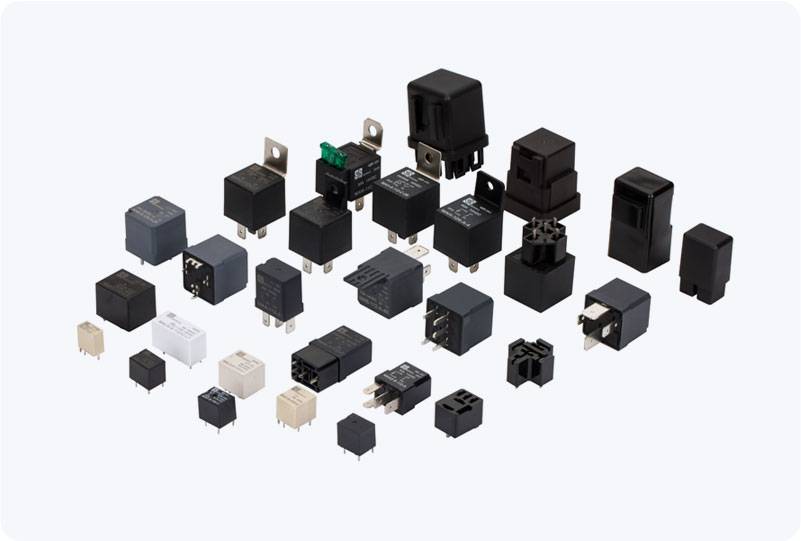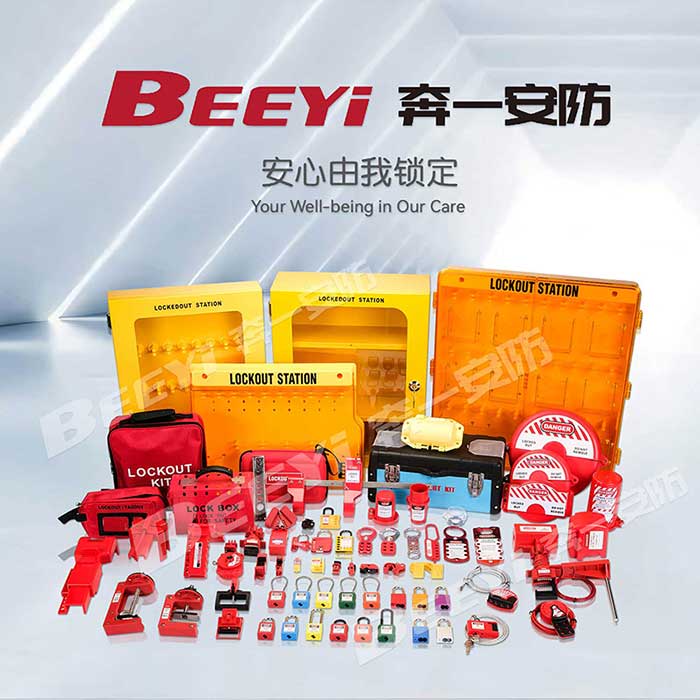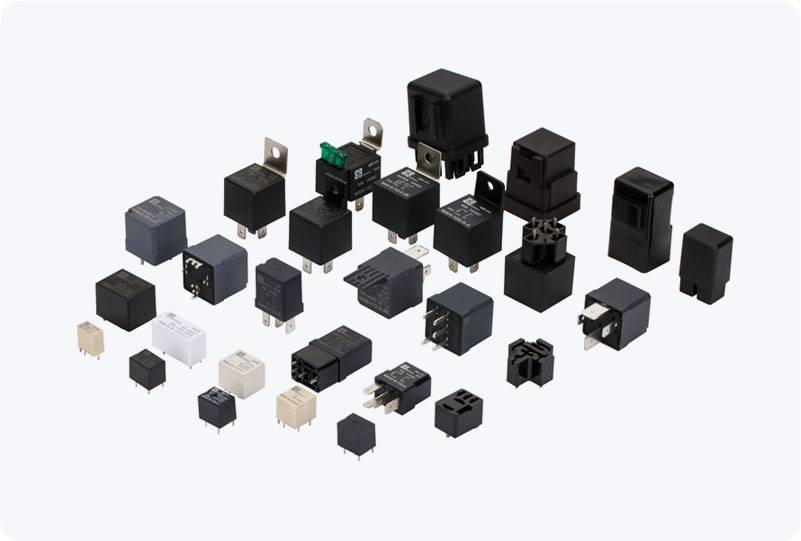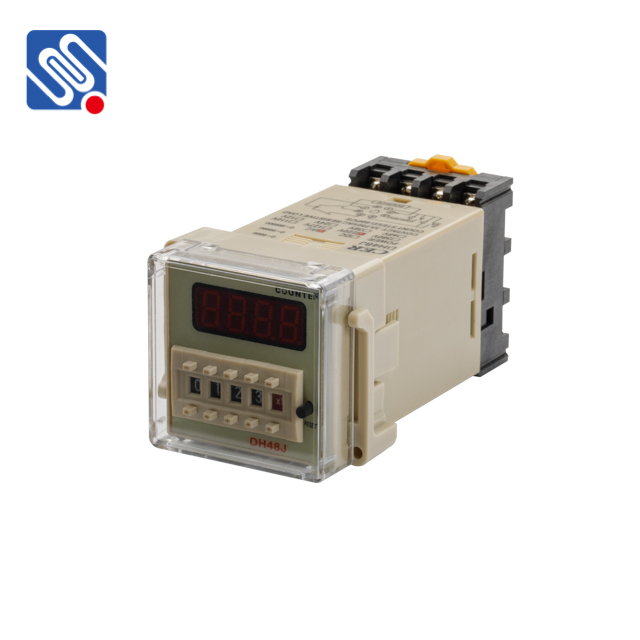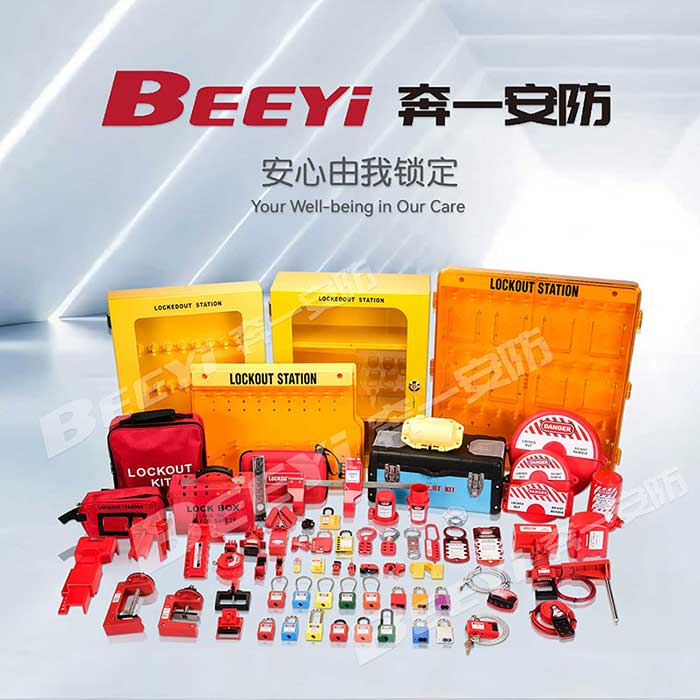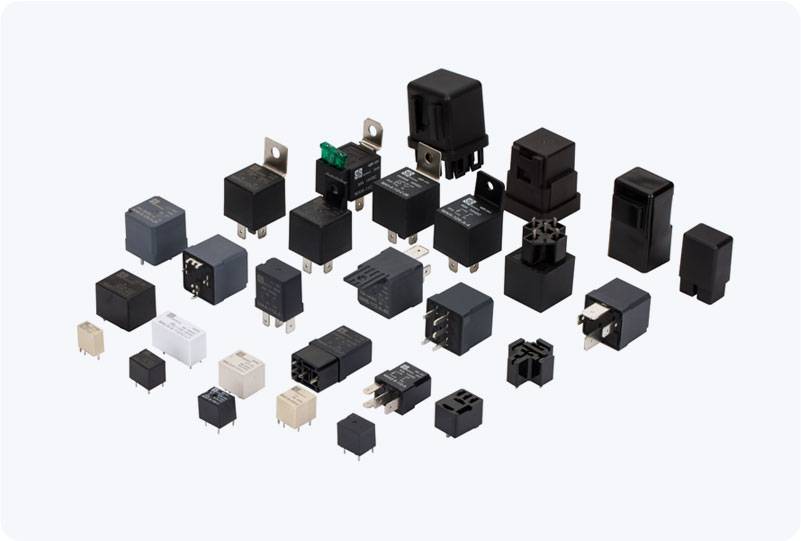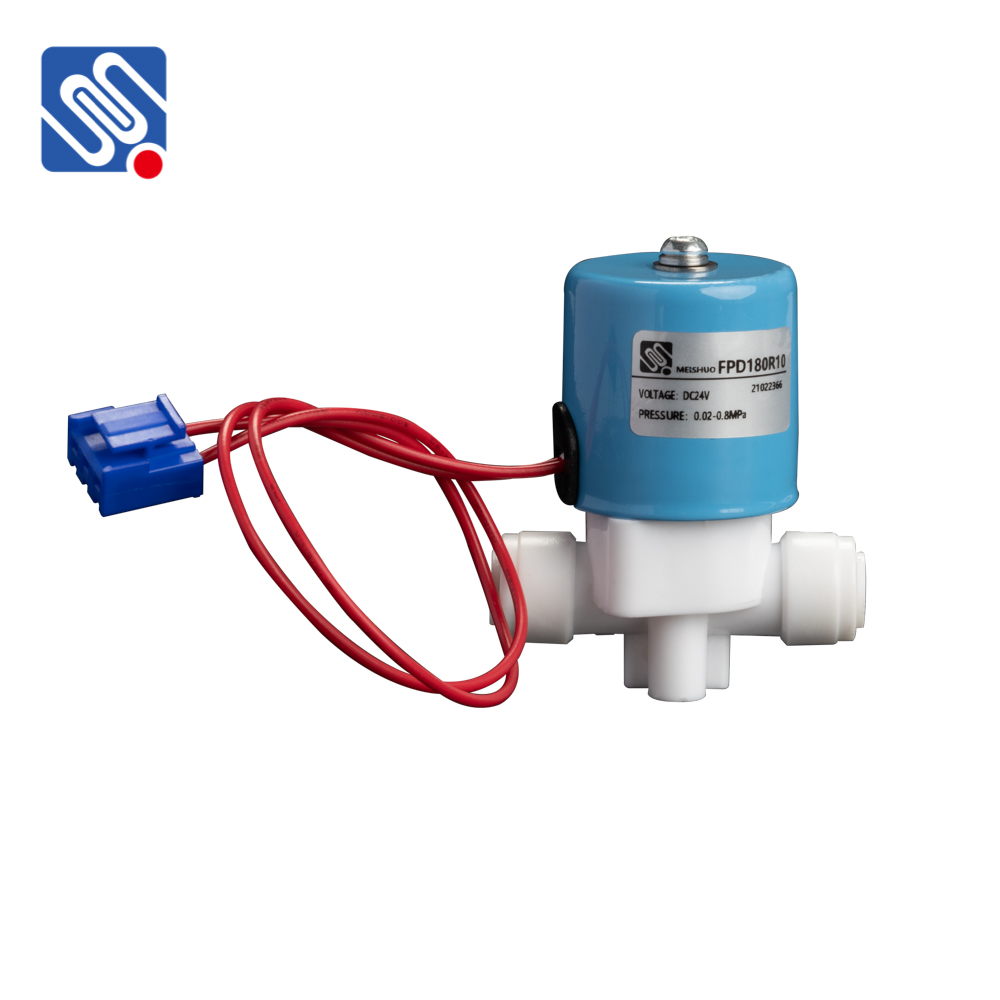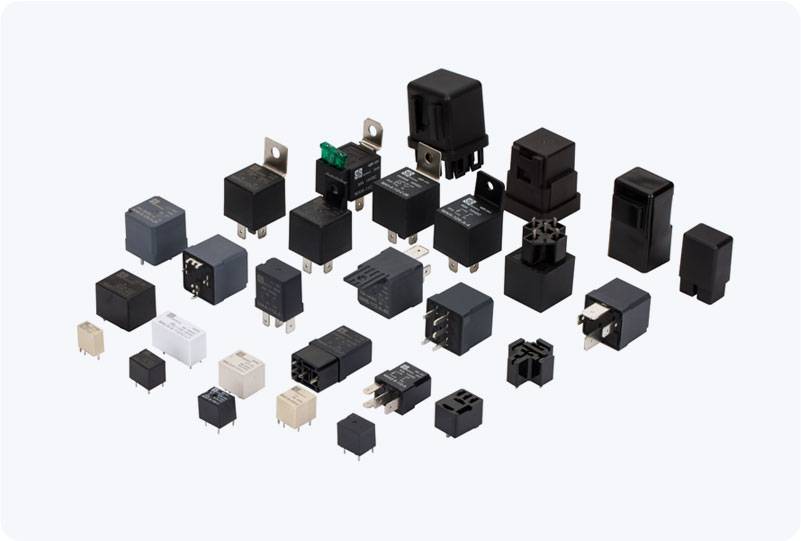In today’s fast-paced world of electronics and automation, relays play a crucial role in controlling electrical circuits. Among the various types of relays, the 12V relay is one of the most widely used, particularly in automotive, industrial, and home appliances. The demand for reliable and cost-effective 12V relays has led to the growth of several manufacturers in China, who have established themselves as leaders in the global market. This article delves into the role of China 12V Relay Manufacturers and explores why they are at the forefront of this essential industry.
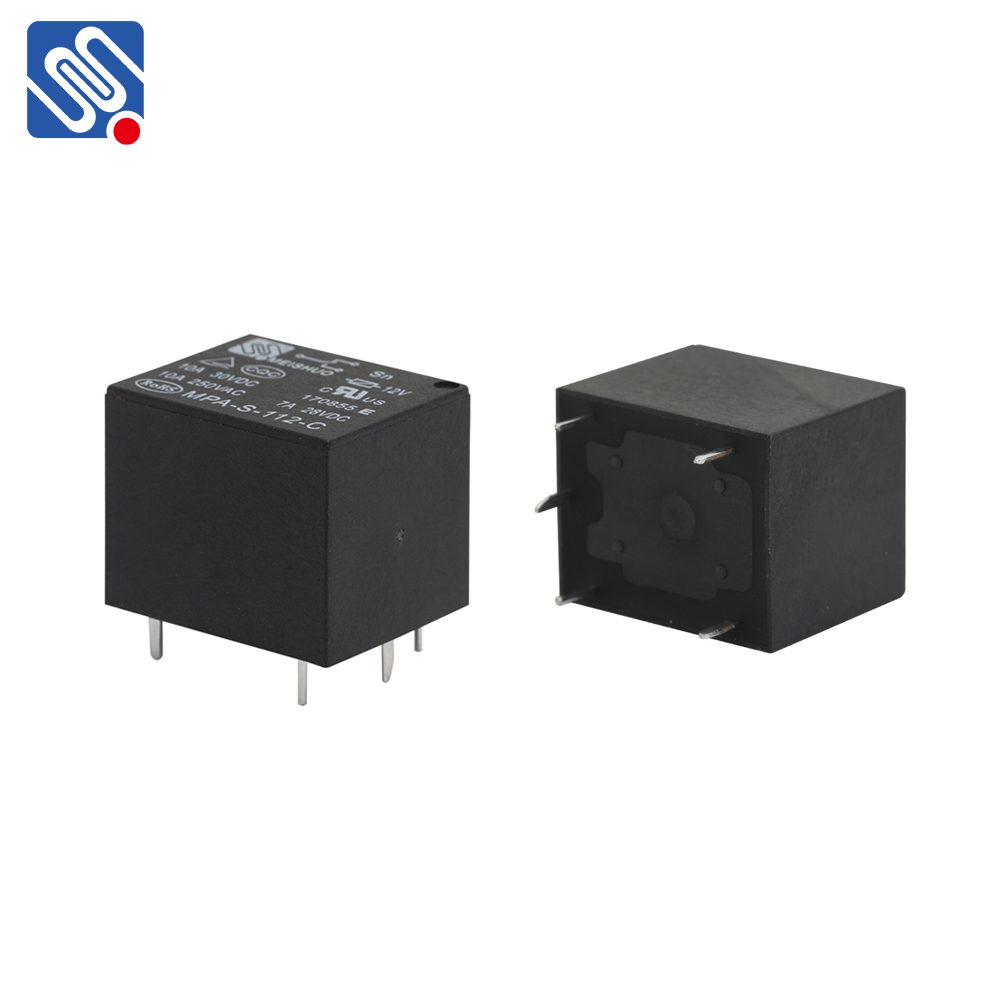
The Importance of 12V Relays in Modern Applications Relays, including 12V variants, are electro-mechanical devices that open or close electrical contacts to control circuits. They are used to isolate different parts of a system, making them ideal for applications that require the switching of high-power circuits with low-power signals. With the rise of automation, automotive innovations, and consumer electronics, the demand for 12V relays has surged, with manufacturers around the world striving to meet these needs. China, known for its extensive manufacturing base, has become a global hub for the production of relays. The country’s manufacturers are known for producing a wide range of 12V relays that are both affordable and reliable, catering to industries ranging from automotive to telecommunications.
